There really is no end to Dunedin’s little secrets, and that was proved anew on a recent Sunday when I had a friend guide me to yet one more, hidden in the bush behind Logan Park.
New Zealand is famous for its sport fishing, and as an avid participant in the sport as well as a history buff I was curious to know how it all began. After all, trout are not native to our country despite taking to it like fish to…um, a bad choice of simile.
We parked by Logan Park School and made our way up the muddy road by its boundary, leading to a top field that was busy being resurfaced. We crossed the muddy plateau and slipped into the bush at the entrance to The Big Easy, a fairly new mountain bike and walking track that has only been around since 2010.
The moment we entered the lush native bush flanking Opoho Creek we found ourselves in a wonderland of fungi, thriving in the damp winter conditions.
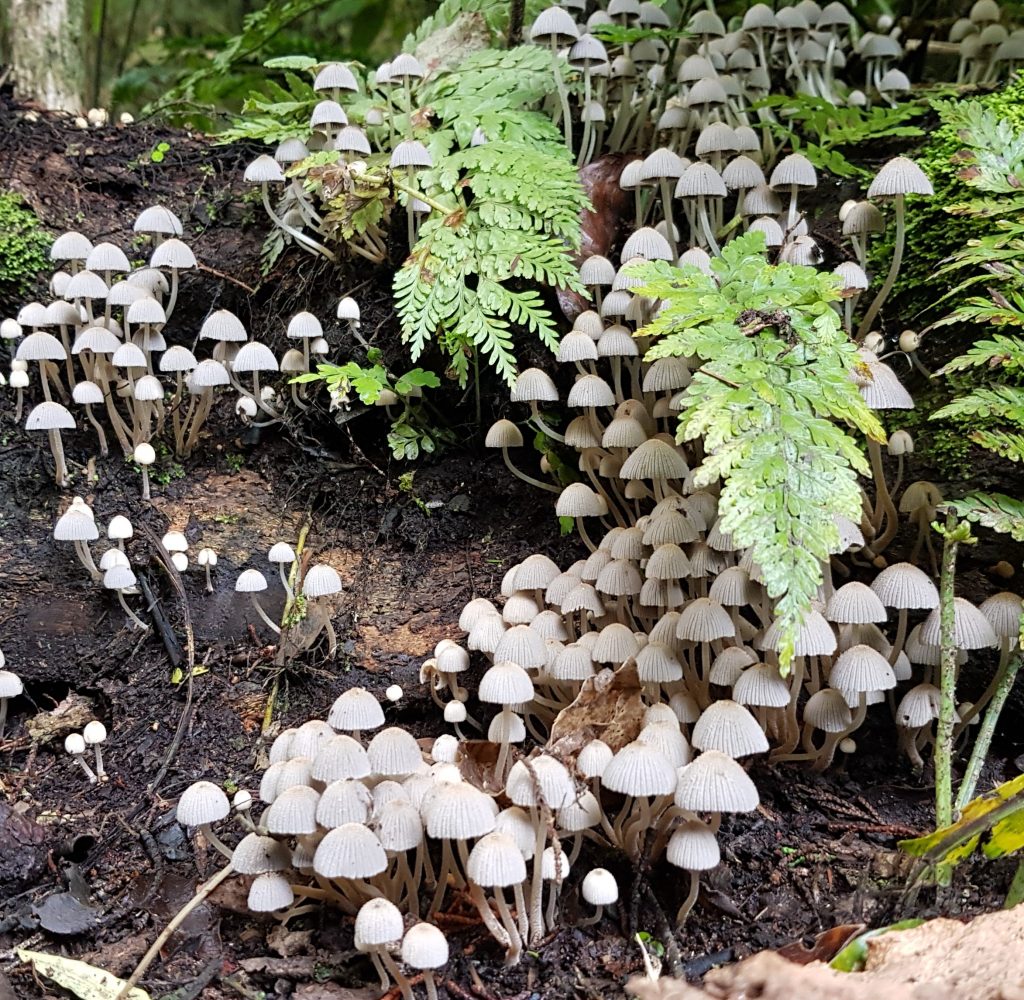
Like fantails we flitted between dead stumps and decaying logs, capturing the delicate decomposers in their brief moment of bloom before inevitable decay.
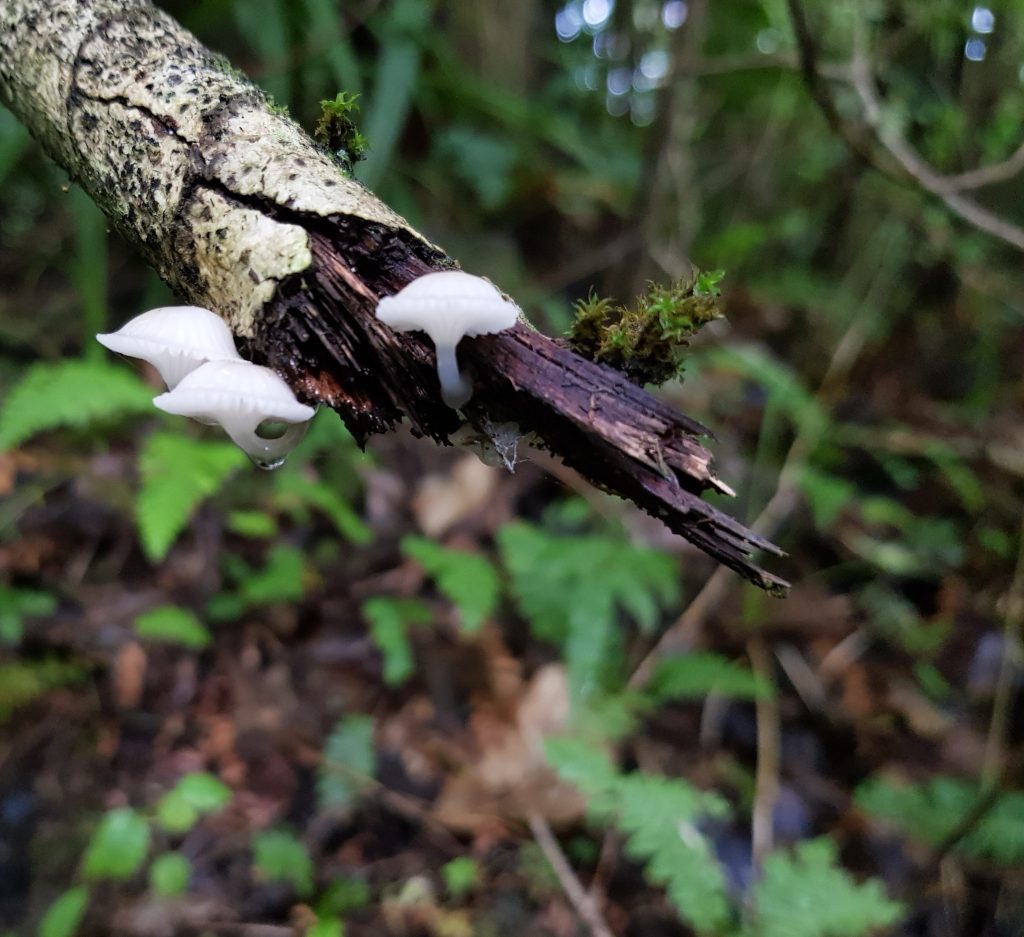
Eventually we came to a small fenced off depression near the track, with sign board erected nearby. Approaching, we discovered a shallow pool lined with stone – one of two, and the humble birth place of Otago’s first ever trout.
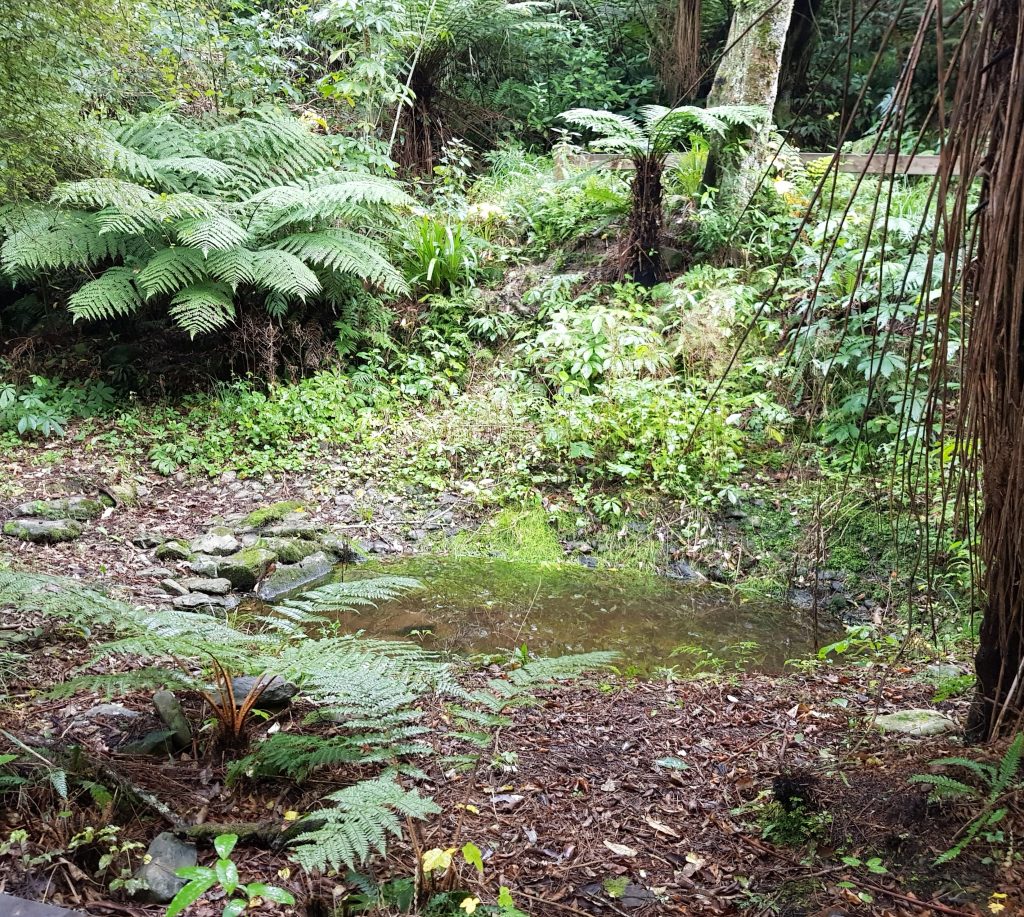
In the 1860s “acclimatisation” was all the rage. This was the process of taking plants and animals native to one place, and transplanting them to another. This went both ways, with proponents hoping to introduce exotic species of the new world to England, and also to bring familiar and useful species here. It was this movement, and the many regional “acclimatisation societies” that sprang up, which were responsible for such imports as possums, sparrows, rabbits, stoats and many more. Little did these enthusiasts foresee just how devastating interfering with an ecosystem could be – they just wanted to fill our “empty” forests and waters with game.
Part of that plan was to introduce trout to our waterways – but how to get live fish eggs (called “ova”) all the way from England to New Zealand with only 1860s technology?
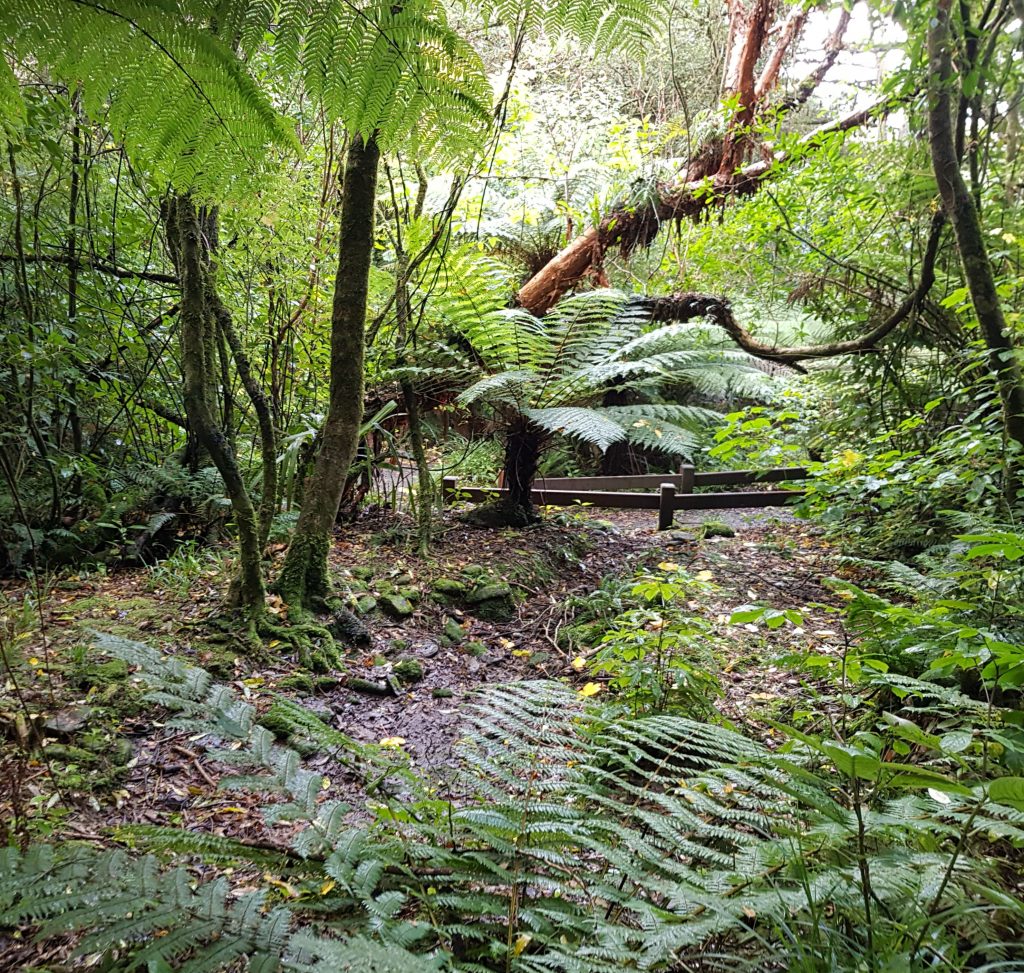
Luckily the Tasmanian acclimatisers were slightly ahead of us, having managed to establish a breeding population of trout starting in 1864. So the first plan, conceived in 1867, was to piggy back off a deal the Canterbury Acclimatisation society struck with its Tasmanian counterpart to send over some fertilised eggs. The ova, packed in moss and double-boxed, suffered a rough voyage from there to Melbourne, where their guardian (Mr Johnson, Secretary of the Canterbury society) contrived a contraption involving straps and springs, designed to suspend the package and prevent the delicate embryos from being further jostled about. For the remainder of the voyage to Dunedin, their tireless caretaker re-packed the outer box with ice at two hour intervals, ensuring the moss was constantly saturated with fresh cold water.
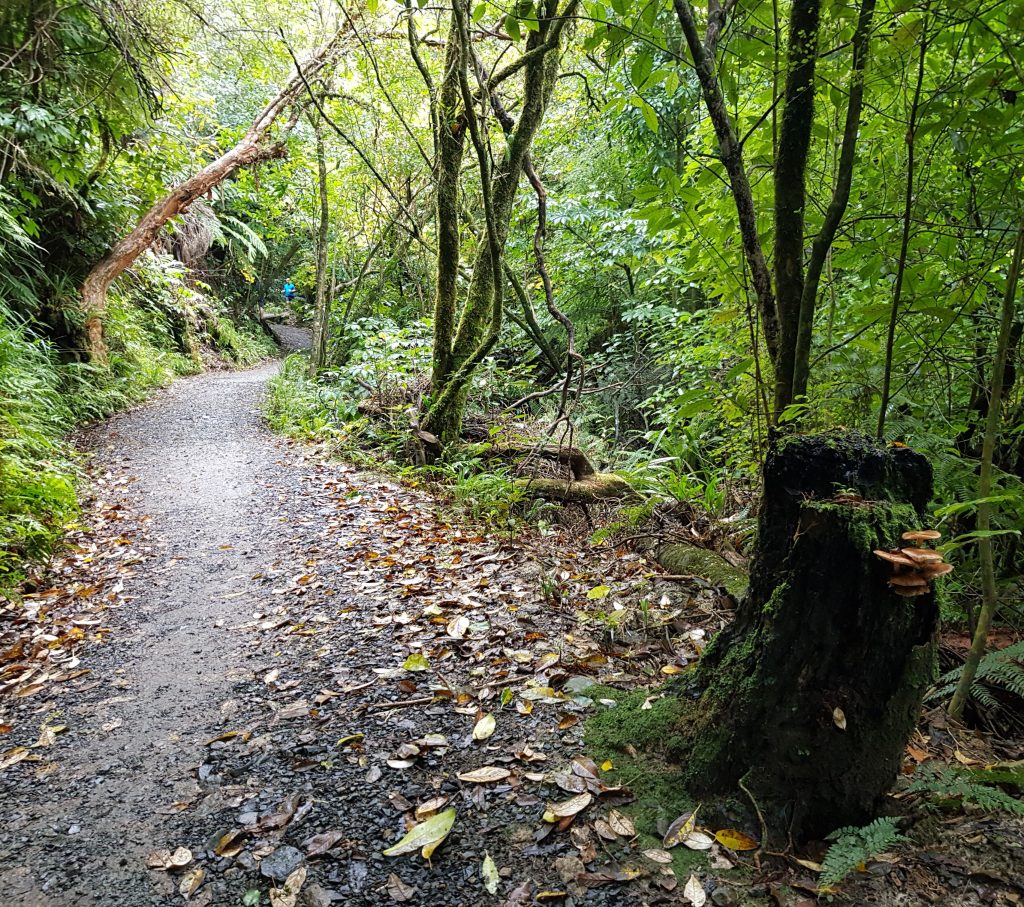
They decanted the ova into specially prepared pools on the Leith, but alas all the work was for naught, as none of the four hundred supplied to Otago ever hatched. Of the eight hundred that went on to Canterbury, only three hatched, and those were officially the first trout in New Zealand.
Operation Kiwi Trout (take two) was via the clipper Celestial Queen which departed from London in January 1868 carrying 220,000 salmon ova and 14,500 trout ova, plus a few other odds and ends. The 834 individual boxes of ova were packed into a lead-lined ice-house which was then insulated with nine inches of non-heat conducting charcoal. The ice-house was packed with natural ice from Wenham Lake, Massachusetts and sealed for the duration of the 103 day journey.
Upon arrival, the sealed ice-house was opened to much anticipation, but alas much of the ice had melted and many of the ova had a dry, mouldy appearance. This plan too was a bust.
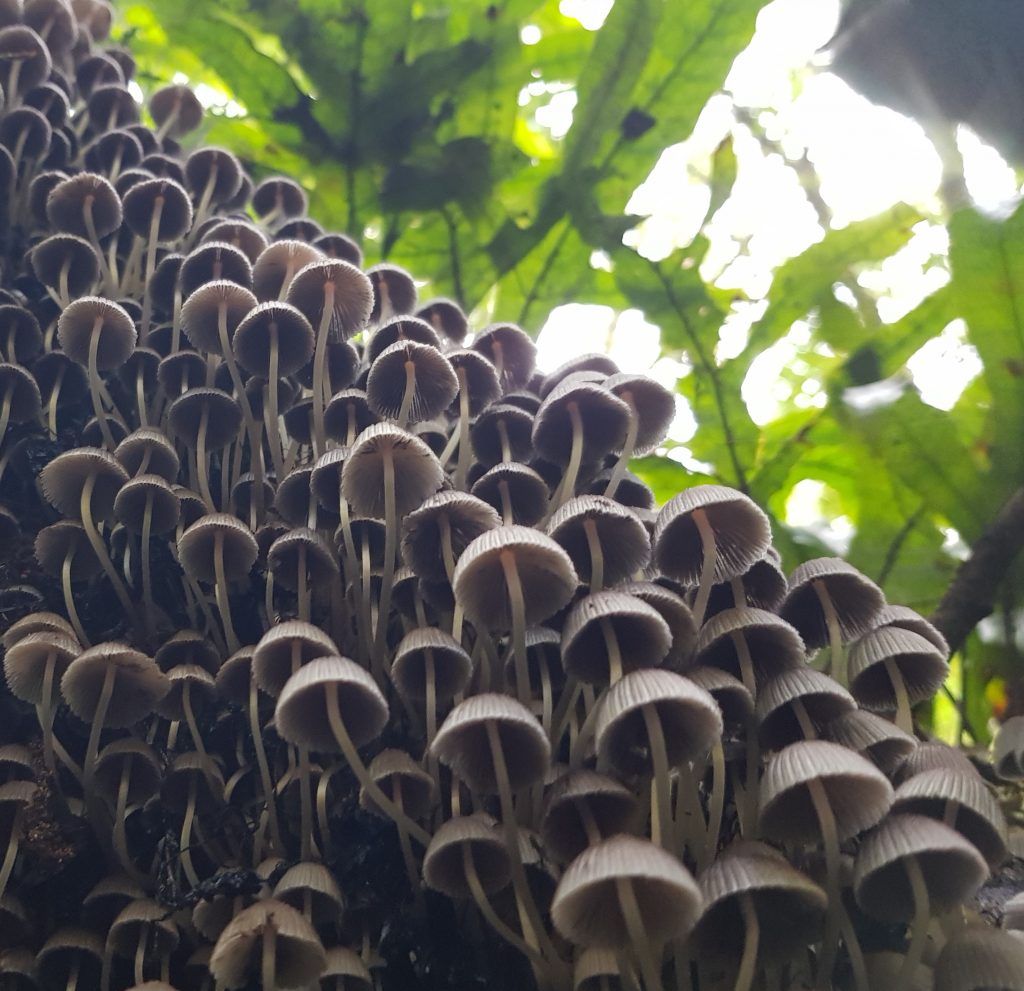
Not to be deterred, the Society returned to Tasmania in August that year in order to pick up another four boxes, to be brought direct to Dunedin aboard the Free Trader. Once again the eggs were packed in moss, but this time carefully separated and layered to reflect what had been learned from the Celestial Queen debacle. The boxes were all hung separately in a single larger box, also packed with moss to prevent them from being knocked about. Tightly packed snow from Mount Wellington near Hobart was then employed to keep the whole lot cool and fresh.
The society then managed to convince the government to allow the ova to be transferred on to Otago Harbour’s pilot boat for the journey from the harbour mouth to the Pelichet Bay dock – said dock now being somewhere under Logan Park since the Bay has been filled in. This arrangement allowed the ova to be spared the bumpy wagon ride from Port Chalmers to Dunedin.
The eggs were then brought to the specially-prepared place next to “Captain Boyd’s creek”, which was said to be located in a cool shady area well sheltered from direct sunlight. “Captain Boyd” was John Theodore Boyd, an ex-soldier who owned a sheep station at Invercargill as well as this homestead at Opoho. When he left for Australia with his family in the 1870s he subdivided about half of the estate, which became the suburb of Opoho.

But back to the fish! These ova were much healthier, and first trout in Otago was officially hatched on 28 September 1868. The lure of Otago’s only trout proved too much for two men who attempted under the cover of darkness one night to steal some of the remaining unhatched ova. In the ensuing struggle their caretaker was roughed up considerably (though certain rumour-mongers alleged that he fabricated the attempted robbery in order to hide his own drunken buffoonery – a position strenuously opposed by the Acclimatisation Society).
Ultimately, 724 out of the 800 ova hatched, and the hatchlings thrived, although twenty were killed by “an insect known as the fresh water shrimp” – which I can only assume refers to the fresh water crayfish as I can’t fathom what else it might be.
In late December the young fish, now one and a half inches long, were carefully moved from the hatching boxes into one of the ponds. The general public immediately ruined things by throwing bread in the pond and causing the deaths of several.

But for the survivors it was now high time to begin figuring out exactly how they would be distributed into waterways across the province. Mr Clifford, secretary of the society, toured the districts north and south searching for suitable rivers as well as suitable guardians to keep the young fish in local ponds a while longer. As best I can trace through the papers of the time: 67 went to Waitati, 53 to Silverstream, 60 perished in a bold attempt to get them to Queenstown, 50 to Waikouaiti, 53 to a pond on the Kakanui River, 62 to the mayor of Milton’s pond on the Tokomariro, 48 to ponds at Otepopo, 53 to a prepared mill race on the Shag River, and the final 61 to the headwaters of the Waikouaiti River.
And the rest is history…or should I say…fishtory. The trout prospered and multiplied in our waterways, and these days need no helping hand in thriving. The role of acclimatisation societies evolved over the years to focus less on introducing strange and wonderful new creatures (as we began to better grasp the potential consequences of these actions) and more on fish and game management and habitat protection. In fact, these societies are still in existence today as our regional fish and game councils – or collectively, Fish & Game New Zealand.
New Zealand is now internationally renowned for its sport fishing, and the trout fishing industry in Otago has been estimated to be worth $88-130 million annually. This stands out as one of acclimatisation’s most resounding successes (not counting, of course, the unintended successes such as rabbits and possums) though not without some serious impacts on our native fresh water ecosystems.
But that’s a story for another day – I’m off fishing.
References:
THE TROUT OVA. Otago Daily Times, Issue 1785, 19 September 1867
First shipment of salmon and trout ova arrives by Nigel Isaacs
TROUT OVA AND SALMON UMBLA OVA. Otago Daily Times, Issue 1990, 16 May 1868
TROUT OVA FROM TASMANIA. Otago Daily Times, Issue 2063, 15 September 1868
The Boyds: A Family Biography By Brenda Niall
THE Otago Daily Times. DUNEDIN, TUESDAY, SEPT. 29. Otago Daily Times, Issue 2075, 29 September 1868
ACCLIMATISATION SOCIETY. Otago Witness, Issue 885, 14 November 1868
THE ACCLIMATISATION SOCIETY. Otago Daily Times, Issue 2156, 1 January 1869
ACCLIMATISATION SOCIETY. Otago Daily Times, Issue 2215, 12 March 1869
ARRIVAL OF THE TROUT AT MILTON. Bruce Herald, Volume VI, Issue 261, 28 April 1869
ACCLIMATISATION SOCIETY. Otago Daily Times, Issue 2267, 12 May 1869
THE LAKES. Dunstan Times, Issue 370, 28 May 1869
Evening Star Evening Star, Volume VII, Issue 1909, 18 June 1869
Beloved brown trout damage native fish, insects and waterways by Will Harvie



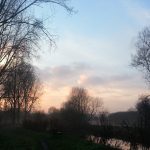
Amazing the lengths they went to transferring the ova. Often we accept today’s methods without even thinking what our ancestors went through in developing our country. By the way I love those fungi photos. What delicate and beautiful plants? they are.
Great history of intoduction of brown trout into NZ. Just been reading similar article in fish and game issue 45. There is a picture in the article of a monument of Otago ‘s claim to the release of the first trout. Could you tell me where this monument is?
There is one in the Dunedin Botanic Gardens, if that’s the one you mean? You can see it in my post here: https://adventure.nunn.nz/2017/05/19/loving-the-leith-on-anzac-day/
Kind of funny because whenever I see mushrooms they say it is just a fungus growing from a dog’s pee. Don’t know if there is actually truth to that.
https://www.scaffoldingaucklandhire.co.nz/